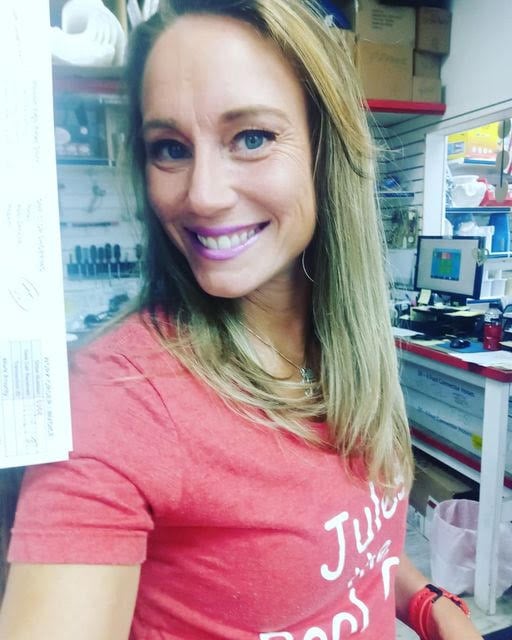
Managing Commercial Pool Chlorine
Operating a commercial or public pool safely requires a bit of in-depth knowledge about pool chemistry. One of the common misconceptions about pool chemistry management is about chlorine. Most people are unaware that there is more than one type of chlorine present in pool water. In this article, we break down the differences and walk through the testing for you.
Testing Sanitizer
This is a crucial, and possibly the most important step in commercial pool operations. Chlorine keeps the water clear and our bathers safe. We do not want too much or too little. Too much chlorine can cause skin and eye irritation and isn’t good for the swimming pool’s surface or the equipment. Too little chlorine leads to yucky water, up to and including algae. It also leaves your bathers unprotected from waterborne contaminants which can cause serious illness or death.
Depending on local regulations, you may have to check your sanitizer levels as often as every hour. Using the Pool Shark H2O App will give you your dosing instructions. If paired with the Lamotte Spin Lab, the testing portion just got easier as it sends the results directly to your device. You don’t have to worry about old-fashioned paper logs either. These can get lost, damaged, and forgotten. Not to mention all the space the records take up. Modern technology is the Pool Shark H2O App. But what type of chlorine should we be testing for? Free or Total? The answer is both.
Free Chlorine Level
Free chlorine is the sanitizer in your body of water that is free and available to do its job. It is important to maintain at least 1 ppm of chlorine in your commercial pools. Check with your local health agency to verify this minimum. This is the chlorine we care about because it is what will keep the water and its bathers safe. Not to mention prevent any issues with the water such as cloudiness, algae etc. So am I saying we should only test for Free Chlorine? Nope. Find out why.
Total Chlorine Level
This is the measure of the total chlorine in the water. This includes the Free Chlorine we just talked about, as well as the combined chlorine. Combined chlorine, known as chloramines, is chlorine in its non-killing form. It is uncomfortable for bathers. It can cause asthma and other breathing problems, especially in an indoor swimming pool. The worst part? It does absolutely nothing to sanitize the water. It is pointless to just check the total chlorine levels. I am actually amazed that some operators still use this method. By just checking the total chlorine, we have no idea how much of it (if any) is actually able to do its job. We MUST check both the Free Chlorine AND the Total Chlorine when we test our commercial body of water. Only then will we know how to treat it. Did you know that the Pool Shark H2O tests for both?
The difference between the Free Chlorine and the Total Chlorine will give you the amount of chloramines in the water. Hey, it may be none. But why risk it? The safety of our bathers is the most important job of any aquatic personnel. Pool Shark H2O will tell you your chloramine level so we don’t even have to do math. I hate math. How about you?
Why is it Important to Know Both Levels
Because that is the only way we can properly treat our water. If we have a fine total chlorine level, but no free chlorine, our pool is unsafe. If we have a free chlorine that is ok, but if we have chloramines, we need to oxidize the swimming pool. If we only have combined chlorine we are super unsafe and need to oxidize.
By knowing both levels, we know if we need a chlorine or non chlorine shock. When we oxidize swimming pool water we break down the contaminants that have combined to your free chlorine, turning it into combined chlorine. Once those contaminants are removed by oxidation, the combined chlorine now becomes free chlorine. So if we have an ok total chlorine, then we would just need to oxidize. Monopersulfate will do the trick as it does not add any chlorine to the water. If we were to add a chlorine shock to a pool with a low free chlorine, but a high total chlorine, we may end up with too high of a chlorine level because that combined chlorine gets released along with the chlorine you just added.
If the total chlorine and the free chlorine are in range, there is no need to add additional sanitizer. We just need to get rid of the chloramines and free up that bonded chlorine. So you see, we cannot accurately test or properly dose our commercial body of water without knowing both levels. This can require extra work on your part if you are not using the Pool Shark H2O App. Keep in mind, if you are manually inputting the dosing this adds extra testing for you. I highly suggest the Pool Shark H2O App paired with the Lamotte Spin lab.
Let’s keep our bodies of water chloramine free and our sanitizer levels as free as possible to ensure healthy, clean and beautiful water. See you poolside!


